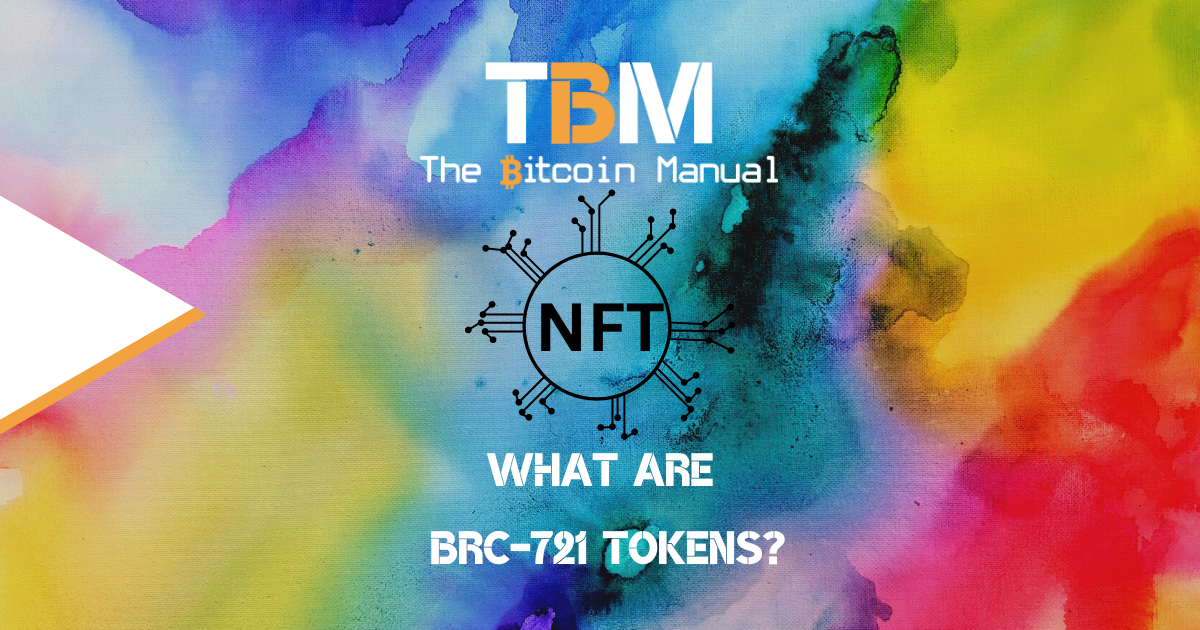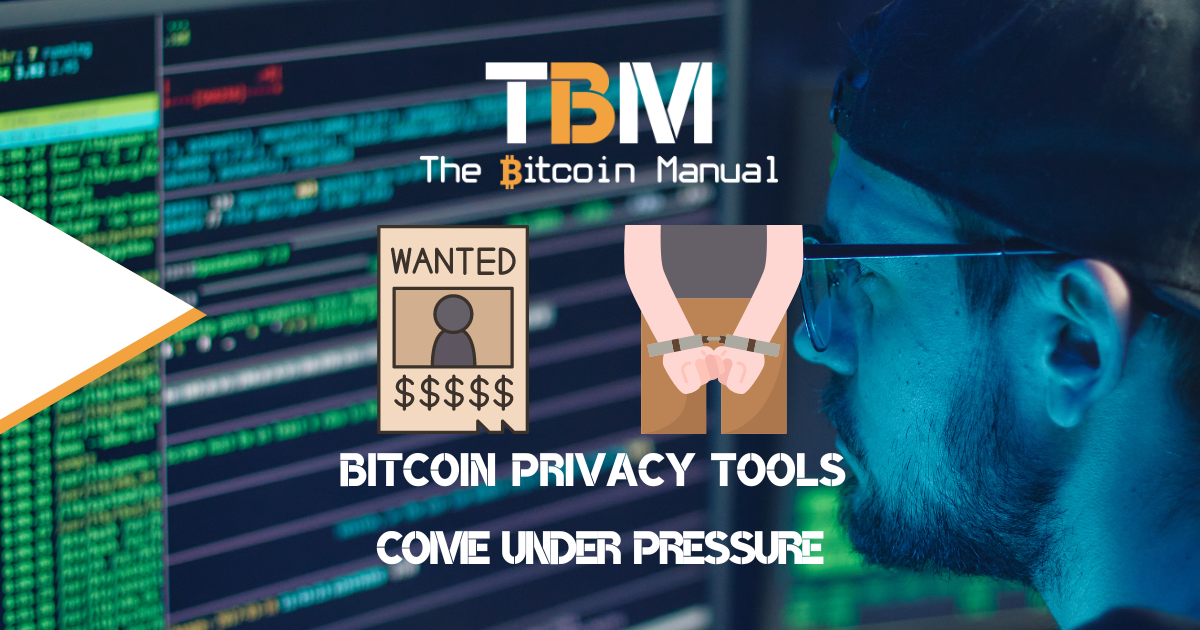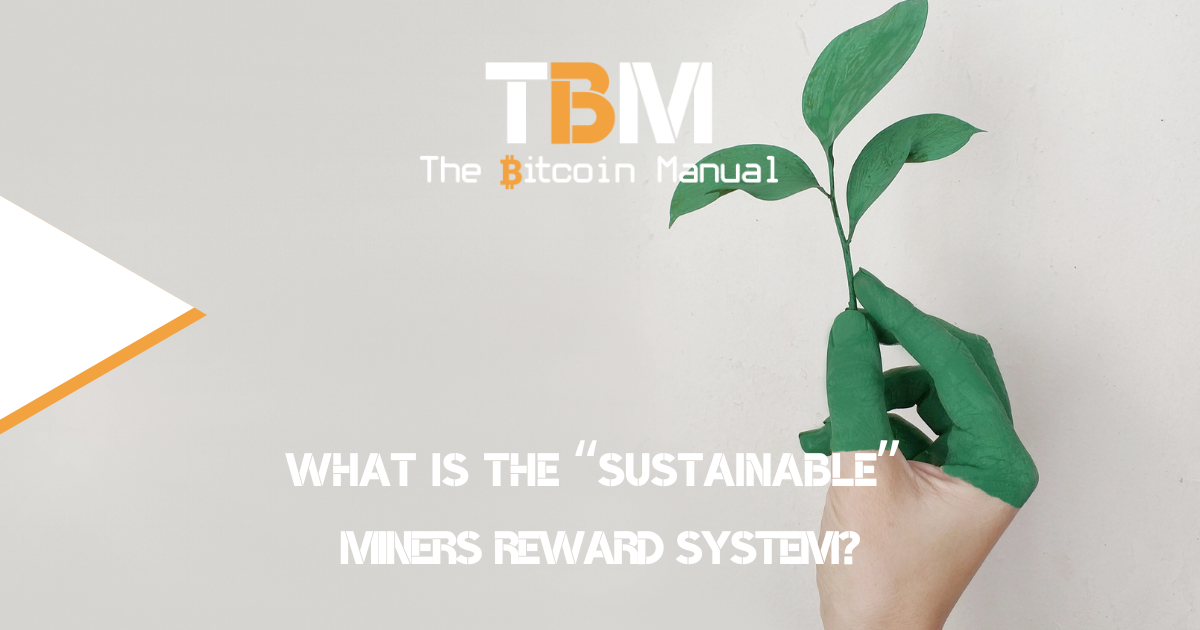Ladies and gentlemen, boys and girls, gather ’round and let me regale you with the story of the grand and mystical world of Bitcoin Ordinals and BRC-721.
It’s a tale of love, deception, and—spoiler alert—scams!
Once upon a time, in the mystical land of the internet, the all-mighty Bitcoin ruled supreme. Alas, its subjects, the cryptocurrency-curious enthusiasts, began to notice the world outside the Bitcoin realm. They gazed longingly at the kingdom of Ethereum, and lo!
A spark of envy was ignited within them.
“Look at the Ethereum kingdom!” they cried. “They have ERC-721 tokens! They have NFTs! They have… gasp… digital cats! Oh, oh and poorly drawn monkey pictures, we simply must have it”
And so, the restless Bitcoin folk called forth their Taproot wizards, and together they concocted a grand and powerful spell: the BRC-721 protocol. This elixir would grant their kingdom the same wondrous powers as the Ethereum realm.
Oh, the excitement was palpable!
It’s not a shitcoin because it’s built on Bitcoin.
Now, before we dive into the magical world of BRC-721, let’s take a moment to explore the concept of Ordinals and Inscriptions. This “crypto” rebranding of words with actual meaning is not merely fancy terms to impress your friends at parties.
No, Ordinals are the very essence of uniqueness in the Bitcoin realm. They are the serial numbers on your dollar bills, the fingerprints on your fingers. In other words, they are expensive, regrettable tattoos for your digital assets.
Neat, huh?
With these tattoos, you can make the leap that a serial number can lay a claim to a file, and this is where inscriptions come into play.
Inscriptions, on the other hand, are the secret sauce that gives your Bitcoin NFTs that extra je ne sais quoi. They are the image files, text files, video files, URLs, and other tidbits of information that can be permanently etched onto the Bitcoin blockchain. Together Ordinals and Inscriptions provide the mental gymnastics required to call this type of transaction a Bitcoin NFT.
While anyone can download the file, having a serial number tied to that file means you own it and can sell that serial number claim on to others if you so choose.
Now that we grasp the basics, let’s delve into the rabbit hole that is BRC-721.
Ordinals aren’t exactly orderly.
Ordinals are a protocol that runs on top of Bitcoin; while the blockchain carries on as per usual, the data stored in it can be interpreted differently through the lens of the Ordinals protocol. Users are performing standard Bitcoin transactions but adding additional data using the rules defined by the Oridianls protocol, rules that don’t account for every use case.
Recently a bug was found in the Ordinals protocol that prevented the validation of nearly 1,200 inscriptions, which in turn did not allow network users to add their Ordinals to the blockchain.
But instead of giving up on this pipe dream and moving on, Inscribers are doubling down and bringing more failed ideas from Ethereum and trying to apply them to Ordinals to make it more robust, and this is where BRC-721 comes into play.
Ethereum jargon means it’s time for shitcoin farming.
The BRC-721 protocol is the magical potion that brings the allure of ERC-721 tokens to the Bitcoin realm. The TLDR is that it’s a standardised JSON file that will be added to Inscriptions so indexers easily identify them and scrape the data from the Bitcoin blockchain.
BRC-721 tokens get their name from the smart contract token standard for NFTs on Ethereum, called ERC-721 tokens.
Having a standard file and metadata to source from will make it easier to create oracles that search for these transactions on the Bitcoin blockchain and then relay that data to wallets or marketplaces. It will be easier for 3rd party tools to associate collections and curate Inscriptions.
This will also make them easier to trade but not easier to transfer; that bit will still take some work for the average NFT bro to understand what a PSBT is and how it works.
Scammers, speculators and self-important influencers come one, come all.
As with any new innovation you release to the internet, there is a dark side. For where there is an opportunity, there is also the potential for scamming!
Oh, the deviousness that lies ahead!
You see, the power of BRC-721 lies in its ability to translate all the bad ideas birthed on Ethereum and overlay them onto Bitcoin.
All the shenanigans you are used to hearing from altcoin land, such as scammers creating fake NFTs that look just like popular collections, will be part of BRC-721. They can mimic popular digital art, forge “rare” collectables, and even make NFTs that resemble valuable virtual real estate.
The hyped-up rug pulls collections that become carcases within a few days after launch are sure to be reading to port over to Ordinals very soon. Since the barrier to creating these collections are so low, you’ll see a host of opportunists flooding into the space.
The possibilities are as endless as the scammer’s imagination.
And if that wasn’t enough, the protocol’s ability to add inscriptions adds even more fuel to the fire. Scammers can now embed malicious URLs, phishing links, or deceptively convincing messages into their fraudulent NFTs. These insidious inscriptions can be used to lure unsuspecting victims into their traps, like moths to a flame.
“But surely,” you might say, “there must be some way to protect ourselves from these digital ne’er-do-wells!”
Well, my dear friends, I hate to be the bearer of bad news, but the current state of the BRC-721 protocol leaves much to be desired in terms of safety measures. As it stands, the protocol is like a free-for-all buffet for scammers, with no chaperone to ensure that everyone plays nice.
Additionally, there is also room for the market to expand into more speculative products like Inscription-backed loans and tokenised offerings of Inscriptions through BRC-20 tokens. Not only that but all these projects, NFTs, and tokens can have shoddy bridges set up between these Bitcoin-hosted files and other chains of EVM token markets and DEXs.
This allows scammers to tether their project to Bitcoin to build rapport and legitimacy and then pull that speculation into ecosystems where they can continue to create financial derivative products and sell them to naive investors.
Ordinals and out-of-band transactions.
One improvement that got my attention in the BRC-721 proposal was the need for upfront payment on another blockchain. This tells me that inscribers don’t feel they should pay the market rate for their jpegs and are actively looking for ways to weasel their way into the Bitcoin blockchain without competing for block space in the mempool.
Pontificating on this point, I assume that secondary markets for Inscriptions would be set up where the user would pay in altcoins or stablecoins, the custodian would accept the payments and then relay a bulk transaction with all Inscriptions minted at once to try and save on fees or they could approach a miner directly and purchase an out-of-band mined block instead.
If this becomes the go-to method of creating Ordinals, it starts to erode the narrative that these block space-hogging jpegs are an additional revenue stream for miners and supplements the Bitcoin network security budget.
When Ordinals were launched, proponents of the protocol claimed that when people wanted to create Ordinals, they would need to purchase Bitcoin and compete with all other Bitcoin transactions. If they are taking up more space and pushing transactions into future blocks, you need to pay a premium. In theory, this new market demand would be good for Bitcoin as it would drive the need to purchase Bitcoin to create Ordinals and transfer or trade Inscriptions.
If BRC-721 becomes the standard and people begin to settle payments for these so-called NFTs in altcoins and stablecoins, then that transaction volume isn’t flowing into Bitcoin.
So what was the point?
You’re just replacing the image/file storage you could have gotten at AWS for a slow, clunky, permanent storage on the Bitcoin blockchain.
BRC-721 doesn’t found like fun.
If you’ve made it this far in my rant, and you’re fuming or just have a general feeling of annoyance about the whole debacle that is Ordianls and Inscriptions, and you’re wondering what can be done?
The truth is not much.
Bitcoin isn’t some interventionist system; you can’t simply stop people from using the chain as they like as long as they work within consensus rules.
For starters, you could ignore it and stack sats instead. If you’re not participating in these markets, you’re not providing liquidity and encouraging more NFT collections.
You can run software like Ordisrespector on your node; this will only exclude your node from recognising Ordinals and Inscription transactions broadcast to the network. This would help to weed out the transactions on your node, much like a bouncer at a nightclub ejecting any miscreants who dare to sully the establishment’s good name. While it won’t stop anyone from minting monkey Jpegs, it is an active protest on your part.
The best solution lies in educating the masses about the potential pitfalls of BRC-721. By spreading awareness of the dangers lurking within the protocol, we can help to arm our fellow Bitcoin enthusiasts and new investors with the knowledge they need to avoid falling prey to scams. If more people understand the incentives behind Bitcoin and the benefit of having digital sound money, they won’t feel the need to chase the new shiny promise of wealth.
Don’t believe the hype.
While technically an innovation for Bitcoin, the BRC-721 protocol, Ordinals and Inscriptions, has opened up a pandora’s box of scamming opportunities. NFT collections built on Bitcoin are similar to those living on altcoin chains, and there is nothing special about them and no guarantee that you won’t lose money or that you won’t get scammed.
It is up to the Bitcoin community to provide education about this new form of affinity scamming.
If you’re unsure of what’s going on, I would advise staying clear of this part of the market entirely, tread lightly in the world of Bitcoin NFTs, and keep a watchful eye out for those trying to sucker you out of satoshis.
And remember, as the wise old saying goes:
“If it looks too good to be true, it probably is a scam.”
If this message doesn’t resonate with you, that’s fine; don’t let me stop you from making the mistakes you need to make to satisfy your curiosity and verify for yourself. Go forth and ignore my warnings and discredit me as a close-minded maximalist who doesn’t get it.
Do your own research.
If you want to learn more about ordinals on Bitcoin, use this article as a jumping-off point and don’t trust what we say as the final say. Take the time to research other sources, and you can start by checking out the resources below.
Which side of the ordinals debate are you on?
Do you like the idea of bringing NFTs to the Bitcoin base chain, or is it a distraction? Does it bring additional utility or a new set of narrative attack vectors for Bitcoin? How do you think the incentive structure around transactions will change with this new form of transaction competing for on-chain block space?
Let us know in the comments below.




